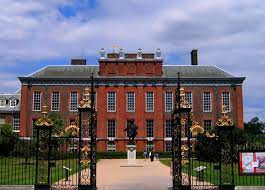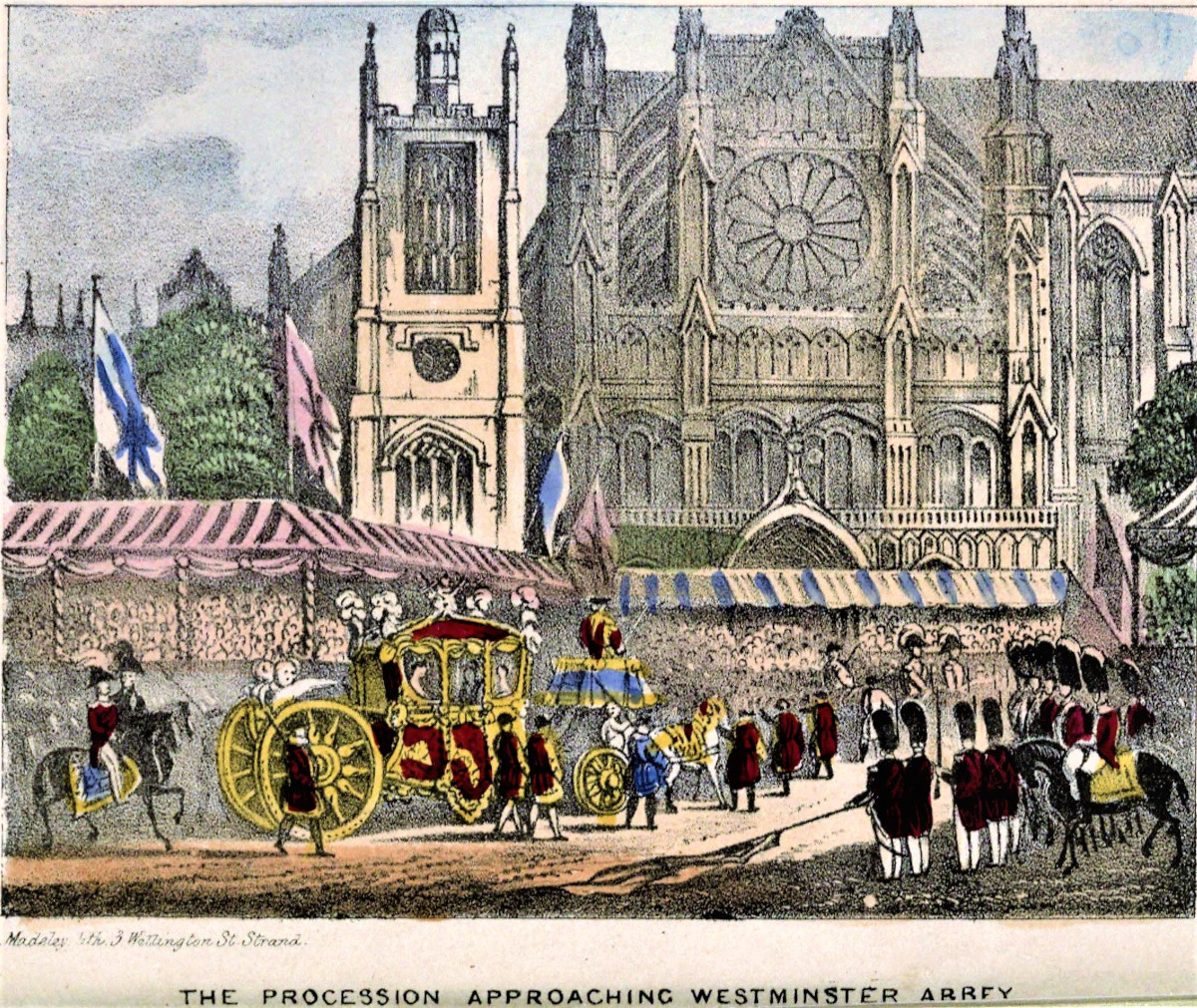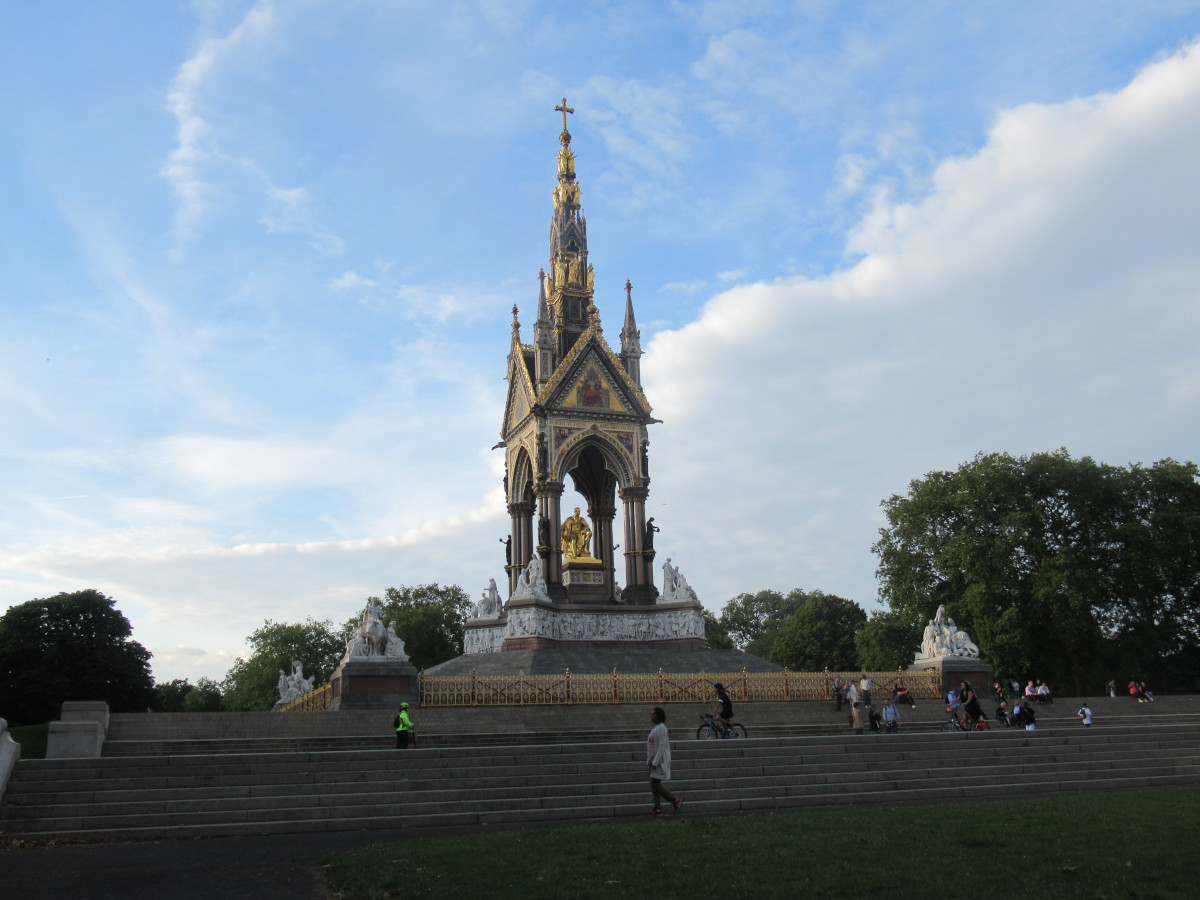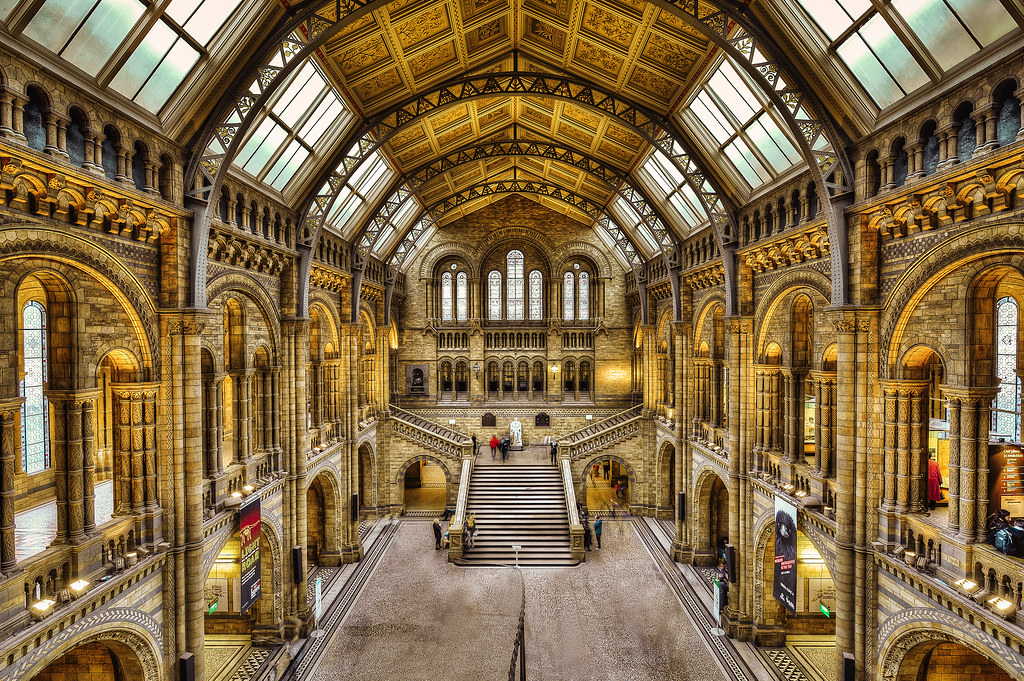Last Updated on February 18, 2024 by Marian Jones
Victoria and Albert’s London centres on Kensington. Surely no two people left a greater mark on ‘their’ corner of London, than Queen Victoria and Prince Albert. This post covers a little of their story – there’s much more on the podcast – focussing on the places most connected with them: Kensington Palace, the Royal Albert Hall and the nearby Albert Memorial, plus a trio of world-class museums, namely the V and A, the Science Museum and the Natural History Museum.
kensington palace



Kensington Palace was associated with monarchs before Queen Victoria – a tour of the palace will take you to the King’s and Queen’s State Apartments, built for King William and Queen Mary for example – but it is most closely connected to Queen Victoria. She was born here, not initially expected to be queen. The story of how this only daughter of George III’s 4th son became the heir to the throne is told on the podcast. An exhibition at Kensington Palace – details here – tells the story of her early years here.
Victoria’s diary, begun at the age of 13, describes lots of childhood moments and also momentous later events. One day in 1836 the ‘Coburg Cousins’, Ernst and Albert, came to visit from Germany and Victoria first met the man she was to marry, noting in her diary that he was ‘extremely handsome.’ She also wrote about June 12th, 1837 when she was woken at 6.00 am because the Archbishop of Canterbury had come to see her. Wearing only her nightclothes and dressing gown, she learned that her uncle, King William IV had died and that she was now queen. Later that day, she held her first Privy Council Meeting in the Red Salon and signed her first official documents ‘Victoria R’.
the Albert memorial and the royal albert hall



The Albert Memorial in Kensington Gardens is a huge and striking monument put up after the death of Prince Albert from tuberculosis at only 42. The impetus came from Victoria herself , devasted at the sudden death of her husband, the father of their 9 children. It shows him sitting under a canopy holding a catalogue for his greatest triumph, the Great Exhibition of 1851, an international trade show which showed innovations from all over the world and attracted 6 million visitors. Its story is told on the podcast. The towering marble statue – 180 feet high! – is covered in sculptures and gold leaf, all illustrating Albert’s achievements. It may not be to everyone’s taste, but ignore it you certainly can’t.
Queen Victoria herself laid the foundation stone for the Royal Albert Hall, named in memory of her husband. It opened officially in 1871 and soon acquired a reputation for musical excellence, hosting a Wagner Festival at which the composer himself conduced the first half of each concert and many other momentous events: suffragette meetings, the Titanic Band Memoria Concert, fund-raisers for the two World Wars and even, in 1967, the world’s first Mini-Skirt Ball. Today it’s famous the world over, not least as the venue for the BBC Proms season every summer.
3 of london’s top museums



After the Great Exhibition of 1851, Prince Albert created a whole range of new museums in this corner of London, including three which are now world-famous repositories of knowledge and artefacts: the Victoria and Albert Museum, the Natural History Museum and the Science Museum. There’s much more information on all three on the podcast, but here are the main details.
The Victoria and Albert Museum is the world’s largest museum of art and design, showcasing 5000 years of art and culture. Here you can see: a manuscript collection covering the Middle Ages to the present day and including Leonardo da Vinci’s notebooks and original Dickens manuscripts; 2,000 pairs of shoes from every time period and geographical area, from Egyptian footwear to stiletto heels; a multitude of other collections including ceramics, costumes, furniture, musical instruments, clocks, jewellery, photographs …… in fact 145 galleries spread over 7 miles of corridor!
The Natural History Museum is home to 80 million items from the natural world, perhaps most notably the skeleton of Hope, a young blue whale who measured over 60 feet in length. Top exhibits listed on the website include Guy the gorilla, formerly of London Zoo, the world’s largest collection of Darwin works, moon rock collected by NASA astronauts and the skull of a Barbary Lion – now an extinct species – who was the star animal at the Tower of London’s Royal Zoo some 700 years ago.
The Science Museum is home to everything scientific, from medicine to computing via astronomy and robots. That includes the Wells Cathedral clock from 1390, the Apollo 10 command capsule , Puffing Billy, the oldest surviving steam locomotive, Helen Sharman’s spacesuit and a model of Francis Crick’s ground-breaking molecular model. There are plenty of hands-on opportunities to try experiments for yourself.
Listen to the POdcast
Reading suggestions
Queen Victoria by Lucy Worsley
Queen Victoria A Personal History by Christopher Hibbert
Prince Albert The Man Who Saved the Monarchy by A N Wilson
links for this post
Kensington Palace
The Royal Albert Hall
The Victoria and Albert Museum
The Natural History Museum
The Science Museum
Previous episode The Strand and Piccadilly
Next episode Chaucer and Shakespeare’s London






